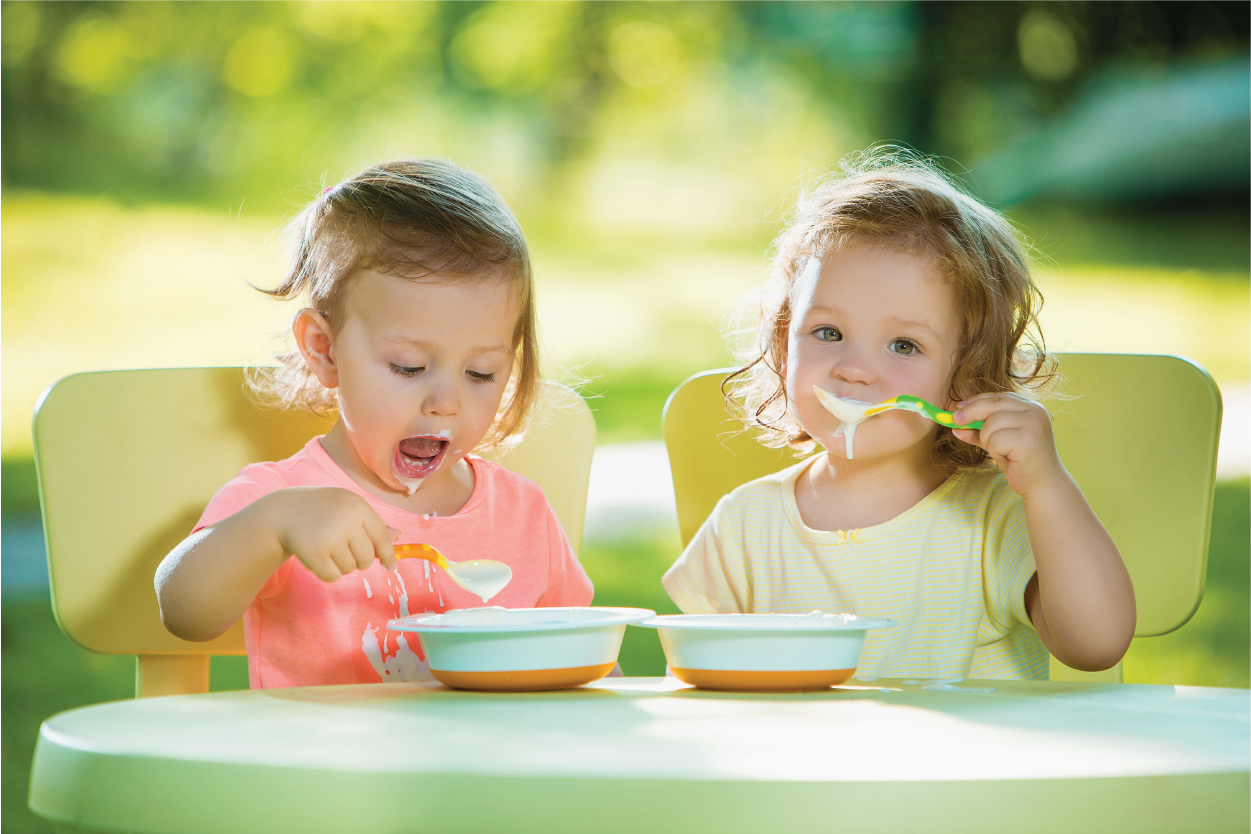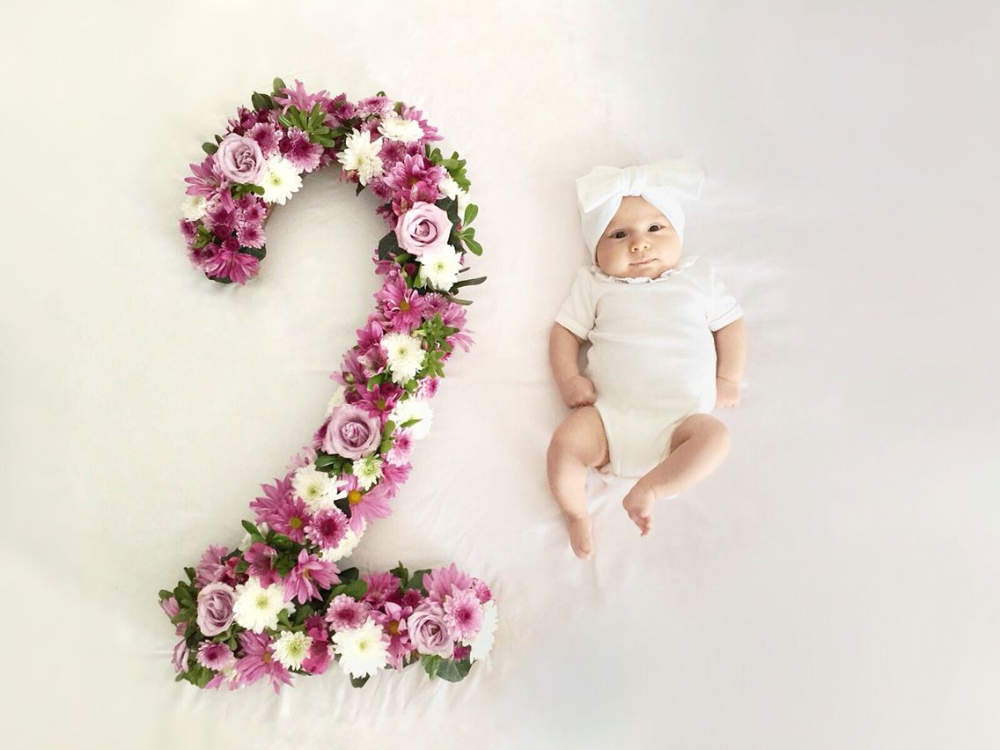[foxdark]
[Bé 2 Tháng Tuổi Phát âm]

Executive Summary

This article delves into the fascinating world of language development in infants, particularly focusing on the milestones and expectations for a 2-month-old baby. We will explore the typical sounds a baby this age might make, the factors influencing their vocalizations, and provide insights into how parents can encourage and support their child’s early language skills.

Introduction
Watching your little one grow and learn is an incredible experience, and language development is a key part of this journey. While a 2-month-old may not be saying “Mama” or “Dada” just yet, they are already laying the foundation for future communication. This article aims to equip parents with a better understanding of what to expect from their baby’s vocalizations at this stage and how they can nurture their child’s language journey.
What sounds should my 2-month-old be making?
This is a common question among parents. At this age, your baby is primarily focusing on cooing and gurgling, making sounds like “oo,” “ah,” and “goo.” These sounds may vary in pitch and volume, and your baby might even start experimenting with different sounds like clicks, raspberries, and trills. These early vocalizations are crucial for developing the muscles and coordination needed for speech.
How can I encourage my baby to make sounds?
There are several things you can do to encourage your baby’s vocalization:
- Talk to your baby frequently: Whether it’s singing lullabies, reading books, or simply describing your daily activities, constant interaction helps stimulate their auditory system and promotes language development.
- Respond to your baby’s sounds: When your baby makes a sound, respond with your own vocalizations, like “Ah, you’re making a sound!” This shows your baby that their communication is valued and encourages them to continue experimenting.
- Play vocal games: Try games like “Peek-a-boo” or “Pat-a-Cake” that involve sounds and gestures, making language learning fun and interactive.
- Create a stimulating environment: Expose your baby to different sounds, like music, nature sounds, and everyday noises. This helps them develop their auditory awareness and understand the world around them.
How can I tell if my baby is developing normally?
Every child develops at their own pace, and there’s no need to worry if your baby isn’t quite “on track” with the milestones described in books. However, if you notice any of the following, it’s always a good idea to consult with your pediatrician:
- Your baby doesn’t seem to make any sounds at all.
- Your baby doesn’t respond to your voice or sounds.
- Your baby doesn’t seem to show interest in their surroundings.
What factors influence a 2-month-old’s language development?
Several factors contribute to a baby’s early language development:
- Hearing: A child’s ability to hear is crucial for language development. If your baby has any hearing difficulties, it’s important to seek early intervention.
- Genetics: Just like other physical traits, language abilities can be influenced by genetics. A family history of strong language skills may suggest a predisposition towards early language development.
- Environment: The environment in which a baby is raised plays a significant role. A stimulating environment with plenty of interaction and opportunities for language exposure will likely contribute to faster language development.
- Health: A child’s overall health can impact their language skills. Babies with health issues, like chronic ear infections, may experience delays in language development.
Is there anything else I can do to support my baby’s language development?
While vocalizations are the primary focus at this age, there are other ways to foster language development:
- Read to your baby: Even though they may not understand the words, the rhythm and repetition of reading help develop their language skills.
- Sing to your baby: Singing lullabies and nursery rhymes can help with language development and bonding.
- Play with toys that make sounds: Toys like rattles, squeaky toys, and musical instruments can stimulate auditory development.
- Introduce different textures: Explore different textures through play, such as soft fabrics, hard plastic toys, and rough textured surfaces. This helps stimulate sensory development, which is connected to language development.
How do I know if my baby is ready for solid foods?
While this article focuses on language development, it’s important to remember that a baby’s feeding needs are also crucial for overall health and development. The American Academy of Pediatrics recommends starting solid foods between 4 and 6 months. Always consult your pediatrician for guidance on when to introduce solid foods based on your baby’s individual needs.
How can I create a language-rich environment for my baby?
Creating a language-rich environment for your baby can involve:
- Consistent interaction: Talk to your baby, sing to them, read to them, and play with them frequently. The more interaction your baby has with language, the better.
- Exposure to different voices: Let your baby hear the voices of different family members, friends, and caregivers. This helps them learn different speech patterns and intonations.
- Exposure to different languages: If you’re multilingual, expose your baby to multiple languages. Research suggests that early exposure to multiple languages can enhance language development.
- Make language a part of everyday routines: Use descriptive language when changing your baby’s diaper, bathing them, or getting them dressed. This helps them connect words with actions.
Conclusion
While your 2-month-old may not be saying “Mama” or “Dada” yet, they are actively developing the foundation for future language skills. By engaging in frequent vocal interaction, responding to their sounds, and creating a stimulating environment, you can encourage and support their early language journey. Remember, every child develops at their own pace, and seeking guidance from your pediatrician can help you address any concerns you may have. Enjoy this time of connection and watching your little one’s language blossom!
Keywords
- Baby language development
- 2-month-old baby sounds
- Cooing and gurgling
- Encouraging vocalization
- Language-rich environment